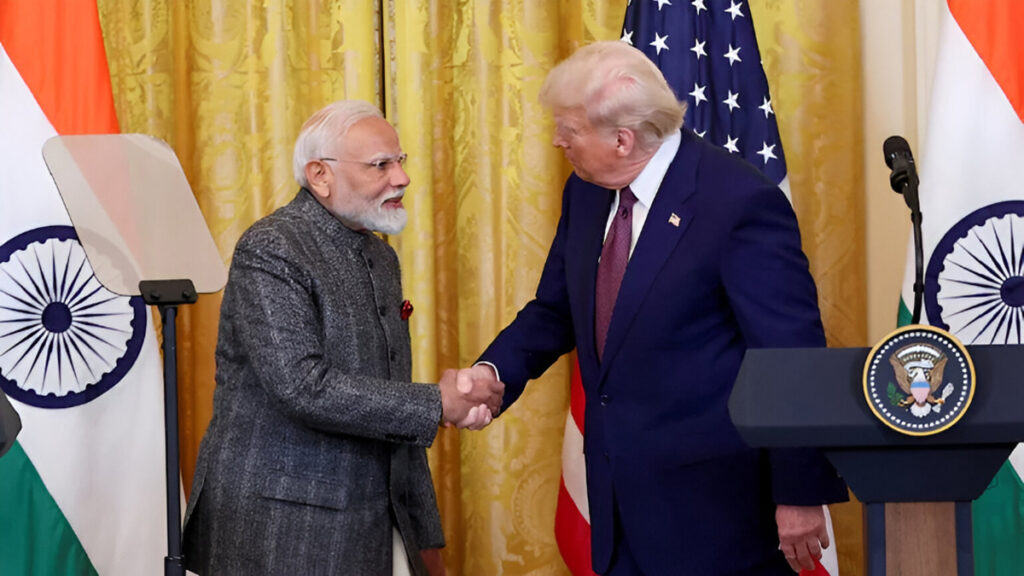Now Reading: Operation Sindoor: India’s New Doctrine Puts All of Pakistan “Within Range,” Says Top General
-
01
Operation Sindoor: India’s New Doctrine Puts All of Pakistan “Within Range,” Says Top General
Operation Sindoor: India’s New Doctrine Puts All of Pakistan “Within Range,” Says Top General

In a powerful testament to India’s burgeoning military might, a top Indian Army officer has unequivocally declared that the entire territory of Pakistan falls within the strike range of India’s formidable arsenal. This assertive statement comes in the wake of “Operation Sindoor,” a recent, meticulously executed punitive strike by India against terror infrastructure deep inside Pakistani territory.
Lieutenant General Sumer Ivan D’Cunha, Director General of Army Air Defence, emphasized India’s strategic depth and capability, stating that even if Pakistan were to relocate its General Headquarters (GHQ) from Rawalpindi to remote regions like Khyber Pakhtunkhwa (KPK), it would still find itself exposed and vulnerable. “The whole of Pakistan is within range,” Lt Gen D’Cunha asserted in an interview, adding, “They will have to really find a deep hole.”
Operation Sindoor, launched on May 7, 2025, was a swift and decisive response to a deadly terror attack in Pahalgam, Jammu and Kashmir, which claimed the lives of 26 innocent civilians. The operation targeted nine terror-linked sites in Pakistan and Pakistan-Occupied Kashmir (PoK), delivering precision strikes that dismantled key terror infrastructure and resulted in significant casualties among terrorists.
The success of Operation Sindoor underscored India’s enhanced military coordination and proactive defense posture. It showcased a seamless synergy between the Indian Army, Air Force, and Navy, demonstrating India’s capacity for high-precision, coordinated military action across land, air, and sea. The Indian Air Force played a crucial role in delivering precision strikes on targets such as the Nur Khan Air Base and Rahimyar Khan Air Base, with visual evidence of damage being presented during official briefings. The Indian Navy asserted maritime dominance by deploying its Carrier Battle Group, ensuring persistent surveillance and real-time threat identification.
A crucial aspect highlighted by military experts and validated by Operation Sindoor is India’s significant investment in indigenous technology. Long-range drones, guided munitions, and advanced air defense systems played a pivotal role in the operation’s success. India’s indigenously developed Akash missile system and L-70 Air Defence Guns, significantly upgraded with radar, electro-optical sensors, and auto-tracking systems, proved highly effective in neutralizing Pakistani drone and missile attacks. The deployment of indigenous Counter-Unmanned Aerial Systems (C-UAS), capable of both soft-kill electronic warfare techniques and hard-kill options using directed energy weapons, was instrumental in countering numerous incursions by surveillance and combat drones.
Lt Gen D’Cunha revealed that during the four-day engagement following Operation Sindoor, Pakistan launched approximately 800 to 1000 drones across the western border. He confirmed that all drones carrying payloads were successfully intercepted, preventing any civilian casualties. This success was a testament to India’s multi-layered air defense architecture and its foresight in anticipating Pakistan’s drone-based tactics. The Indian Army had even conducted simulation exercises in April, preparing for such swarm attacks.
The strategic shift from a reactive defense to a proactive security doctrine, evident in Operation Sindoor, signals a new era in India’s approach to cross-border terrorism. The operation was not merely an act of retaliation but a calculated punitive response aimed at raising the cost of supporting terrorism for Pakistan. As Lt Gen D’Cunha stated, the objective was to send an unambiguous message: any provocation or support to terrorism will be met with decisive force.
The operation also demonstrated India’s ability to maintain strategic restraint while achieving its military objectives. Despite the sharp escalation, both countries agreed to halt hostilities on May 10, highlighting India’s controlled approach to escalation. The effectiveness of Operation Sindoor has not only reaffirmed India’s military capability and technological superiority but has also sent a strong message to its adversaries that cross-border terrorism will no longer be tolerated without a calibrated yet firm response.










